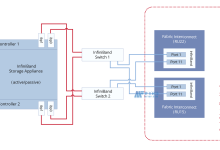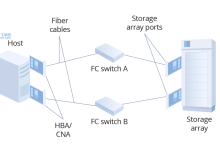linux is a powerful OS with a strong eco-system that can run products and services dependably. However, software delays can occur when running products and services on Linux systems due to misconfiguration and other issues. To troubleshoot these delays, here are some tips and tricks you can follow.
1.Check System Resources
The first step to take when troubleshooting delay issues on Linux systems is to check the system resources. The System Monitor utility in most Linux systems can help you to track resource usage and detect issues such as CPU overload or low memory. If resource utilization is an issue, consider suspending or terminating non-essential services and processes.
2.Check Network Connectivity
If you are running a product or service on the Linux system that is dependent on network connectivity, then checking the network connectivity is next step in troubleshooting. To do this, you can use the ping command, which will activate the round-trip time to a given IP address or website. If the round trip time is long, check the network configuration and make sure that the proper ports are opened and accessible.
3.Check for Process Hanging
Another cause for delay issues on Linux systems can be due to process hanging, which occurs when a process does not terminate properly and stops responding to the operating system. To check for this, you can use the top command, which will display the list of running processes on the system. If you find a process stuck in “D” state, it means that the process is in an unresponsive state.
4.Check Request Queue
If you are running webserver services on your Linux system, then you can check the request queue length of your web server. The queue length is an indicator of how many requests are being handled by the web server at any given time. If a certain request is taking more time than expected, then the queue length will increase, causing the process delay.
5.Check Database Performance
The last option when troubleshooting delay issues on Linux systems is to check the performance of the database. If you are using a database server on the Linux system, it is recommended to monitor the database performance and make sure that it is not overloading the system. This can be done using the Database Server Utility, which will provide information about the database response time and latency.
By following these steps, you can quickly troubleshoot delay issues on Linux systems. It is also recommended to use system monitoring software like New Relic or Datadog to monitor the performance of your system, detect issues and take proactive action. If you still find any issues, feel free to reach out to the technical support of the product or service you are running on your system.

 国外主机测评 - 国外VPS,国外服务器,国外云服务器,测评及优惠码
国外主机测评 - 国外VPS,国外服务器,国外云服务器,测评及优惠码









